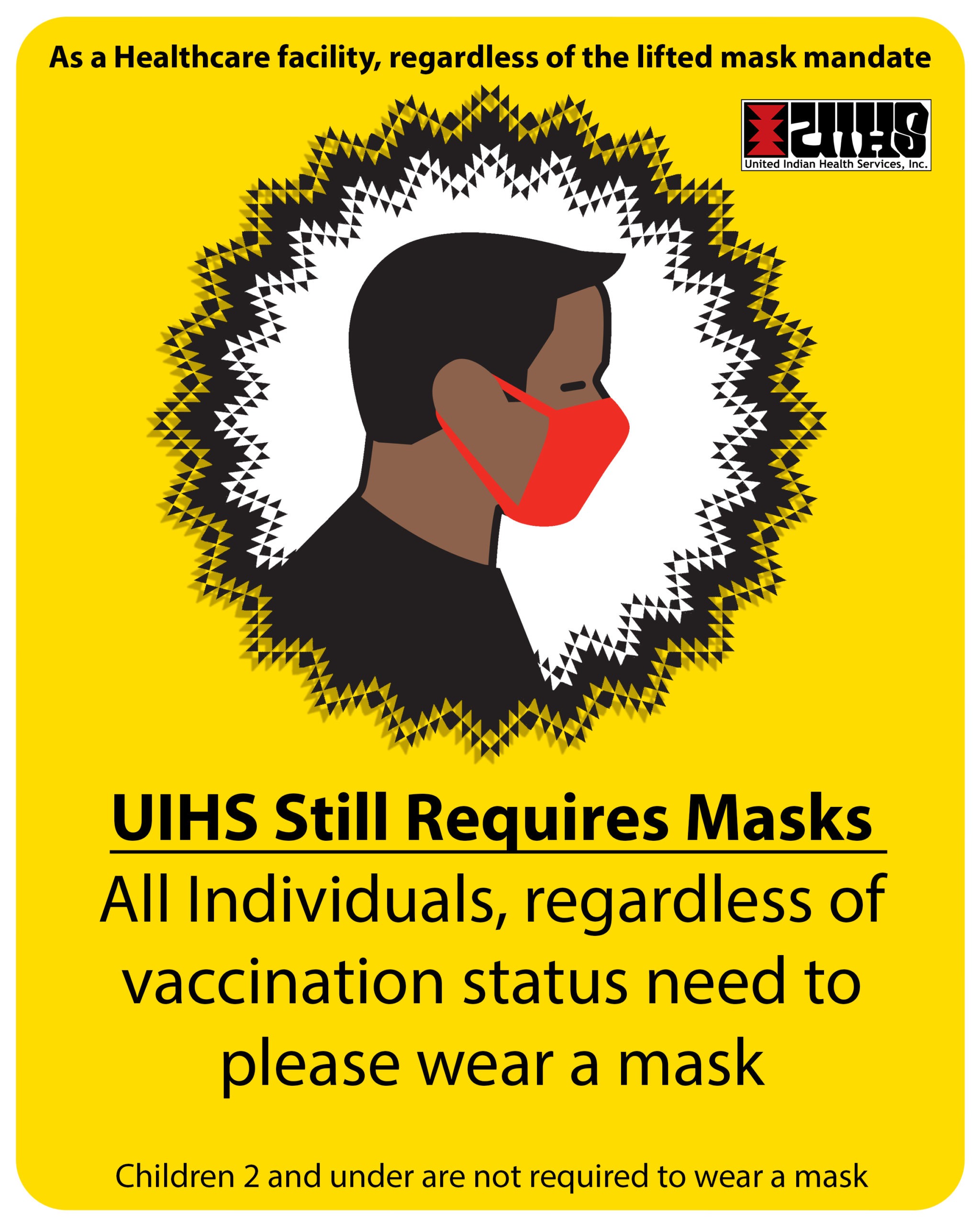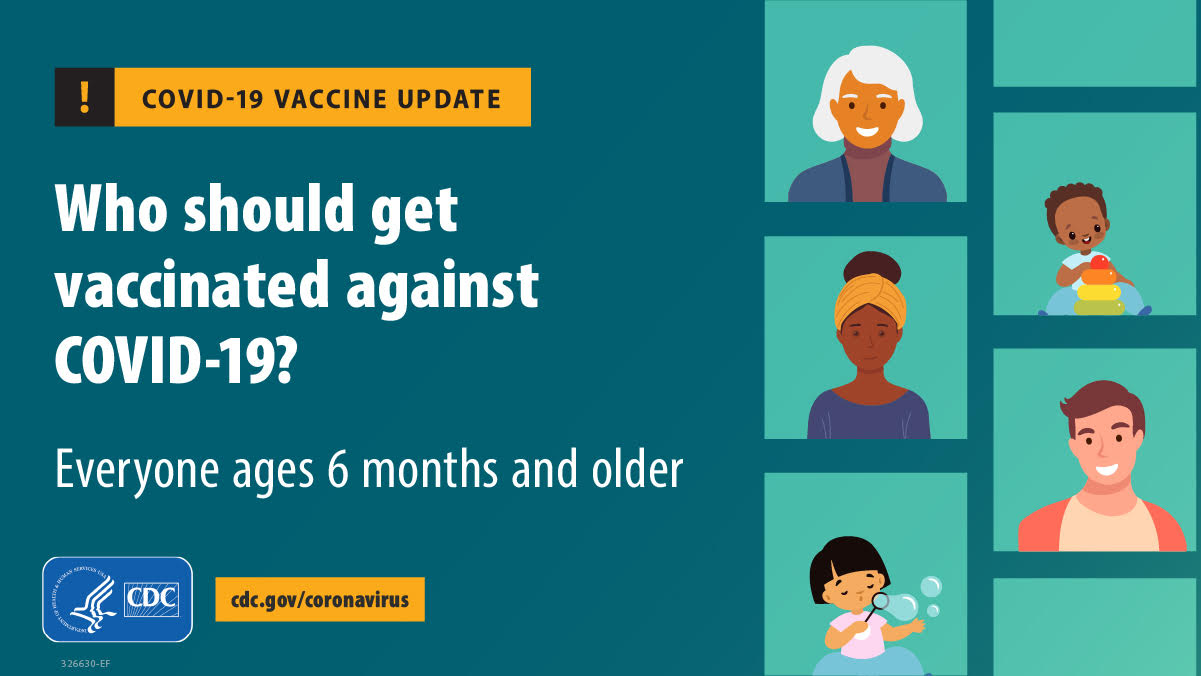COVID-19 (Coronavirus, SARS-CoV-2) virus in our communities
The SARS-CoV-2 virus, or COVID-19, has been very challenging for our communities. This pandemic has affected everyone worldwide. In an effort to keep our communities safe, United Indian Health Services strives to provide the latest, most updated information that comes from credible sources, such as the Centers for Disease Control and Prevention (CDC), California Department of Public Health (CDPH), and Johns Hopkins Center for American Indian Health.
If you or a family member are experiencing symptoms of the COVID-19 virus (fever or chills, cough, muscle or body aches, headache, diarrhea, abdominal pain, vomiting, new loss of taste or smell, runny nose or sinus congestion) that cannot be explained by another cause, please contact your UIHS clinic for options for testing for COVID-19.
If you or someone around you is experiencing new emergency warning signs, such as trouble breathing, persistent pain or pressure in the chest, new confusion, inability to wake or stay awake, pale, gray or blue-colored skin, lips or nail beds, seek emergency care immediately.

How It Spreads: The virus can spread from person-to-person through respiratory droplets when an infected individual coughs or sneezes. These droplets can land in the mouths or noses of nearby people. It can then get inhaled into the lungs. This is similar to how influenza and other respiratory viruses spread.
Prevention: We want our community to stay safe from COVID-19. The best way to prevent illness is to:
- Avoid close contact with sick individuals
- Avoid touching your face with unwashed hands
- Clean frequently-touched objects and surfaces with a recommended disinfectant
- Wash your hands often with soap and warm water for at least 20 seconds
- Avoid events with large crowds



What is self-quarantine?
People who have been exposed to COVID-19 need to quarantine for 14 days. Health experts recommend that self-quarantine lasts 14 days. Two weeks provides enough time for them to know whether or not they will become ill and be contagious to other people.
Self-quarantine involves:
• Using standard hygiene and washing hands frequently
• Not sharing things like towels and utensils
• Staying at home
• Not having visitors
• Staying at least 6 feet away from other people in your household
Once your quarantine period has ended, if you do not have symptoms, follow your doctor’s instructions on how to return to your normal routine.
What is isolation?
People who are confirmed to have COVID-19 are asked to isolate. Isolation is a health care term that means keeping people who are infected with a contagious illness away from those who are not infected. Isolation can take place at home or at a hospital or care facility.



Lessening Coronavirus Impact
The coronavirus pandemic is making everyone aware of handwashing and protecting others from coughs and sneezes. Along with those essential steps, getting vaccinated, practices such as social distancing, and quarantine and isolation when appropriate can slow the rate of infection in our communities.
The pandemic can seem overwhelming, but in truth, every person can help slow down the spread of COVID-19. By doing your part, you can make a big difference to your health, and that of others around you.


